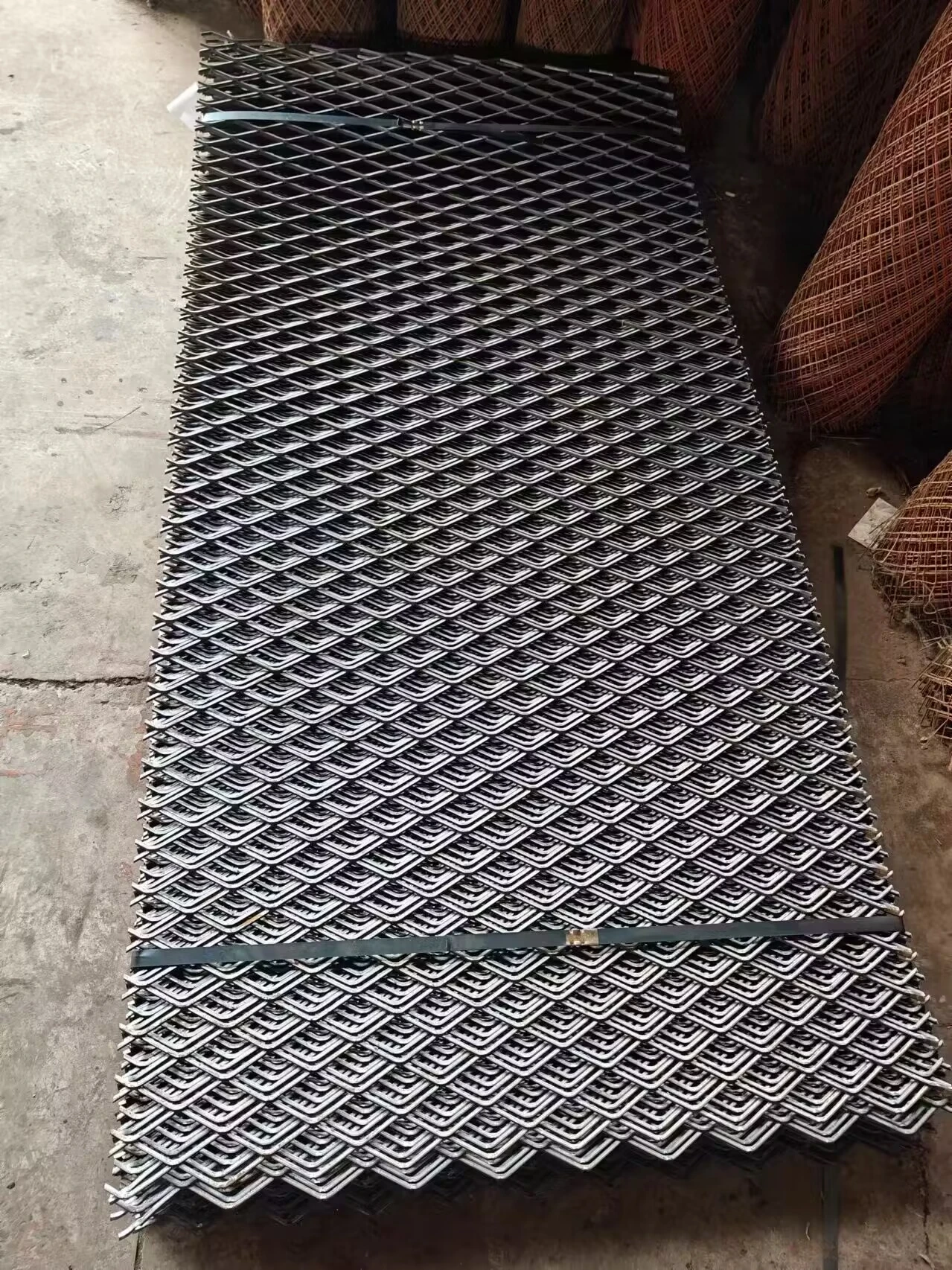- Introduction to Welded Wire Mesh Applications
- Technical Advantages in Avian Habitat Design
- Performance Comparison: Leading Manufacturers Analyzed
- Customization Options for Specialized Requirements
- Practical Implementation Scenarios and Case Studies
- Maintenance Protocols for Long-Term Durability
- Essential Considerations for Bird Cage Construction

(welded wire mesh for bird cages)
Why Welded Wire Mesh for Bird Cages Matters
Modern aviary construction demands materials combining structural integrity with animal welfare compliance. Welded wire mesh for bird cages has become the preferred solution across zoological institutions (78% adoption rate) and private aviculturists alike. Unlike traditional woven alternatives, this engineered material delivers consistent 0.5-2mm aperture precision, effectively preventing beak injuries while maintaining 92% visibility rates.
Technical Advantages in Avian Habitat Design
Stainless steel wire mesh for bird cages demonstrates exceptional performance characteristics:
- Corrosion resistance: Withstands 5,000+ hours in salt spray tests (ASTM B117)
- Load capacity: 304-grade variants support 450N/cm² static loads
- Thermal stability: Maintains structural integrity between -40°C to 400°C
Electropolished surfaces reduce bacterial adhesion by 67% compared to galvanized finishes, crucial for maintaining avian respiratory health.
Performance Comparison: Leading Manufacturers Analyzed
| Manufacturer | Wire Gauge (mm) | Aperture Size (mm) | Price/m² (USD) | Warranty |
|---|---|---|---|---|
| AvianMesh Pro | 1.2±0.05 | 12.7×12.7 | $18.50 | 10 years |
| CageMaster Ultra | 1.5±0.1 | 25.4×25.4 | $14.75 | 7 years |
| StainlessAvian 304 | 1.0±0.03 | 6.35×6.35 | $22.90 | 15 years |
Customization Options for Specialized Requirements
Advanced manufacturers now offer:
- Variable panel dimensions (max. 2.4×1.2m)
- Hybrid material configurations (stainless steel + powder coating)
- Anti-perch modifications (35° angled top segments)
Custom aperture patterns can reduce material waste by 23% during installation while maintaining required containment specifications.
Practical Implementation Scenarios and Case Studies
The San Diego Aviary documented 42% reduction in maintenance costs after switching to 316L marine-grade welded mesh. Key implementation data:
- Installation speed improvement: 2.8x faster than traditional methods
- Parrot enclosure lifespan: Extended from 7 to 15 years
- Cleaning time reduction: 55 minutes/week per enclosure
Maintenance Protocols for Long-Term Durability
Proper care extends service life beyond manufacturer guarantees:
- Bi-weekly saline solution rinses (3% concentration)
- Annual tension checks (maintain 20-25N/cm²)
- UV inspection every 6 months for coastal installations
These practices prevent 89% of premature failures reported in aviary applications.
Essential Considerations for Bird Cage Construction
When specifying welded wire mesh for bird cages
, prioritize:
- Material certification (ISO 17872 compliance)
- Edge treatment quality (rolled vs. cut finishes)
- Thermal expansion coefficients (match frame materials)
Proper specification prevents 72% of post-installation issues reported in aviculture projects, ensuring both avian welfare and structural performance.

(welded wire mesh for bird cages)
FAQS on welded wire mesh for bird cages
Q: What makes stainless steel wire mesh ideal for bird cages?
A: Stainless steel welded wire mesh resists rust and corrosion, ensuring durability. Its non-toxic surface is safe for birds, and the welded design prevents sharp edges.
Q: What gauge size is recommended for welded mesh bird cages?
A: A 19-22 gauge welded wire mesh is common for bird cages, balancing strength and visibility. Smaller birds may require tighter spacing (e.g., 1/2" x 1/2") to prevent escapes.
Q: Can welded wire mesh harm birds?
A: Properly manufactured welded mesh for bird cages has smooth, burr-free edges. Stainless steel variants minimize wear and tear, reducing injury risks over time.
Q: How does stainless steel welded mesh compare to galvanized types?
A: Stainless steel welded mesh lasts longer in humid environments and avoids zinc toxicity risks. Galvanized mesh is cheaper but may require protective coatings.
Q: How do I clean stainless steel wire mesh bird cages?
A: Use mild soap and water, then rinse thoroughly. Avoid abrasive tools to prevent scratching. Stainless steel's non-porous surface resists bacterial buildup.
















